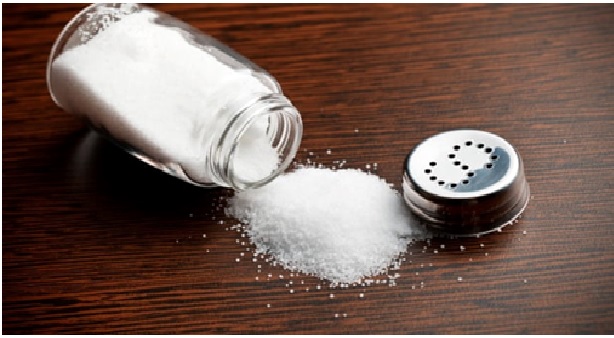Replacing Salt with a Low-Sodium Substitute Prevents Stroke
Replacing salt with a low-sodium alternative lowers the risk of stroke in people with high blood pressure or prior stroke, according to late-breaking research presented in a Hot Line session at ESC Congress 2021.
Both elevated sodium intake and low potassium intake are associated with high blood pressure and an increased risk of cardiovascular disease and premature death.Salt substitutes, which replace part of the sodium chloride in regular salt with potassium chloride, have been shown to lower blood pressure but their effects on heart disease, stroke, and death had been uncertain. In addition, there had been concerns about causing hyperkalemia in people with chronic kidney disease leading to cardiac arrhythmias and sudden death. [1]

Figure 1. Replacing Salt with a Low-Sodium Substitute Prevents Stroke
Figure 1 shows the study compiled results from 21 clinical trials, involving nearly 32,000 participants, published up to the end of August 2021 and reporting the effects of salt substitutes on blood pressure.The team found that salt substitutes reduced blood pressure in all participants, regardless of region, age, sex, weight and blood pressure-related factors.
No adverse effects were detected from the increased intake of potassium chloride. The effect of potassium chloride added to salt substitutes has, however, raised concerns for people with kidney disease, who should limit dietary potassium intake. [2]
Over the nearly five-year follow-up period, replacing regular salt with salt substitute reduced the risk of stroke by 14 percent. The salt substitute group had on average 0.054 more QALYs per person. The average annual costs were lower in the salt-substitute group: 1,538 Chinese yuan (about $241) for the intervention group and 1,649 Chinese yuan (about $259) for the control group. [3]
Limitations and Implications of the Salt Substitute Study
The salt substitute study included a large sample size, but all of the participants live in rural China and prepare most of their meals at home. The majority of their sodium intake came from seasoning and preserved foods.
In contrast, Americans consume more than 70% of their sodium from “packaged, prepared, and restaurant foods,” according to the AHA. Only about 11% of the sodium found in the average American diet comes from seasoning food while cooking or at the table. [4]
References:
- https://scitechdaily.com/replacing-salt-with-a-low-sodium-substitute-prevents-stroke/
- https://www.theguardian.com/society/2022/aug/09/swapping-salt-for-substitutes-reduces-risk-of-stroke-and-heart-conditions-study
- https://news.feinberg.northwestern.edu/2022/04/21/salt-substitute-is-cost-effective-for-prevention/
- https://www.verywellhealth.com/salt-substitute-lower-stroke-risk-5235507
Cite this article:
Thanusri swetha J (2022), Replacing Salt with a Low-Sodium Substitute Prevents Stroke, Anatechmaz, pp. 384

